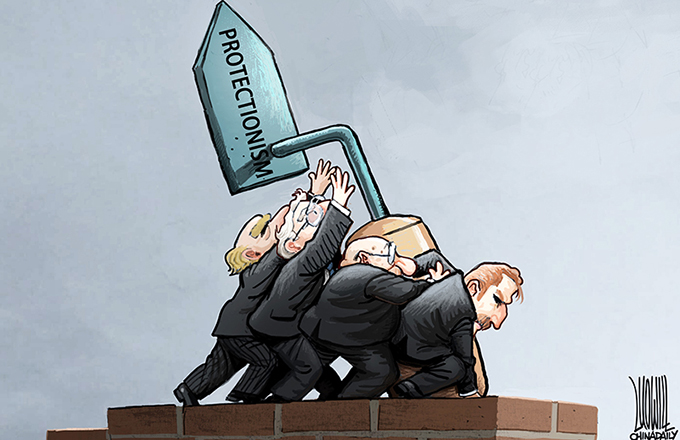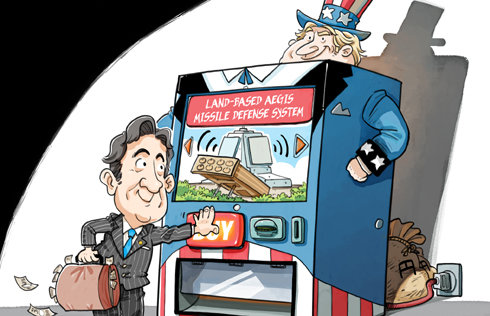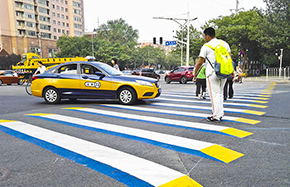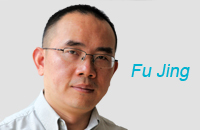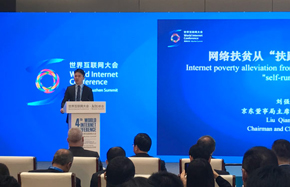Tapping potential of growth
Take the reform of the residence registration system, for example. Reforming the residence registration system and allowing more migrant workers to become true urban residents would, first of all, prolong the labor supply period. Currently it is common for migrant workers to return home when they get old, because they cannot enjoy medical care or pensions in cities where they were working. With the systemic barriers removed, they could stay in cities longer and naturally work longer. This would to a huge extent lessen the shortage of labor considering that migrant workers now account for 35 percent of urban employment.
By removing the barriers to their integration as urban residents, reform of the residence registration system would also continue to attract more surplus labor from the agriculture sector. More importantly, they would bring their children, who would receive better education, which means more students from rural regions could enter higher education instead of joining the low-end labor force at a premature age. That not only concerns equality, it would also help meet the needs of employers, as most industries in the future will have higher requirements for their employees' educational background.
The last, but nevertheless important point, allowing more migrant workers to become true urbanites would encourage consumption. Only with enough social security will the migrant workers, now 262 million in number, dare to spend their money in hand; that is an essential way of boosting domestic demand and changing the economy's over-reliance on investment and exports.
Of course, the residence registration system is not the only barrier to human-centered urbanization, but it is definitely one of the most important. Pensions, medical insurance, education - all these are based on the residence registration system that fundamentally divides China's society into the urban and the rural; reform of the residence registration system is a necessary prerequisite to ending this divide and ensuring people-oriented urbanization. Only with this barrier removed will migrant workers enjoy the rights of true urban residents.
There are many more fields where reform is likely. For example, various government documents have mentioned reform of the family planning policy. We do not know what form such reform might take, but it will probably aim to optimize the population structure in one or two decades, thus offering stronger support to the economy.
China will have a bright future and the Chinese Dream will come true if the vitality offered by reforms can be released.
The author is director of the Institute of Population and Labor Economics at the Chinese Academy of Social Sciences. This is an excerpt of his speech at a press salon held by the All-China Journalists Association on Tuesday.
(China Daily 09/26/2013 page8)





